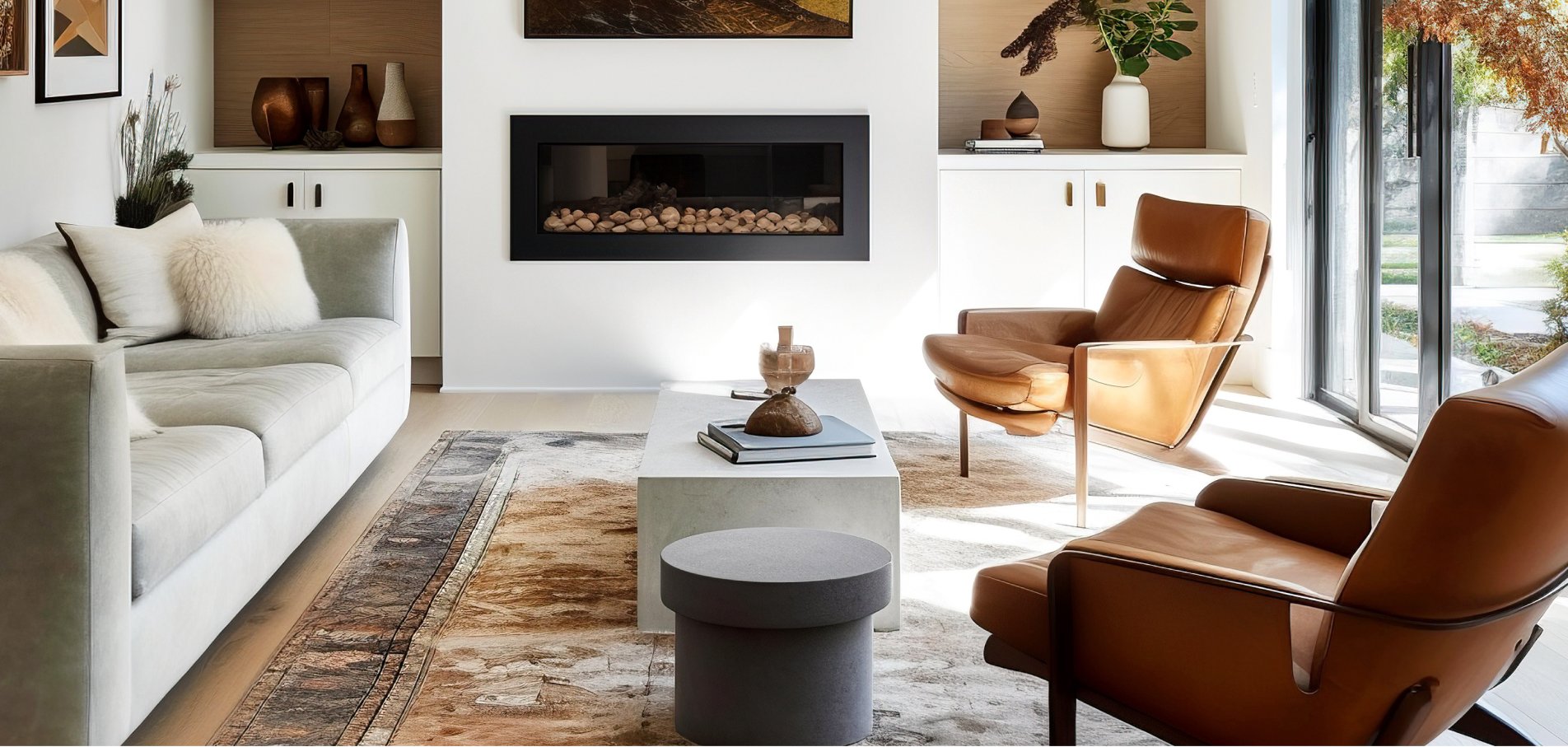Your new is just around the corner
Sign up for insight into the latest design trends from our newsletter
You're on the list
By signing up, you agree to receive email marketing.


“A” – Aniline Leather
“SA” – Semi-aniline Leather
“P” – Pigmented Leather
“N”– Nubuck / Suede
You're on the list
By signing up, you agree to receive email marketing.